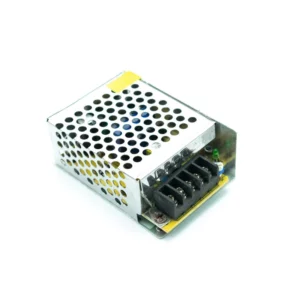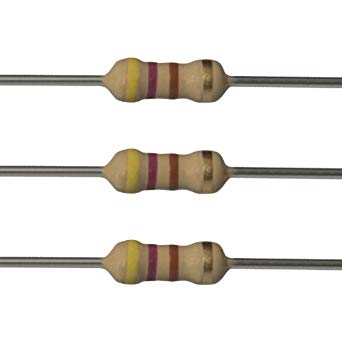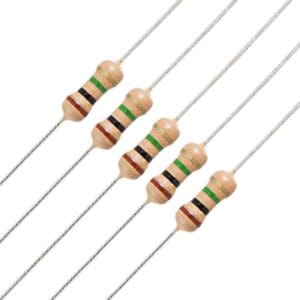• It is a dark detector circuit based on LDR and a transistor (BC-547 NPN) which automatically switches ON and OFF the street light system.
• It automatically switches ON street lights when the sunlight goes below the visible region of our eyes. (e.g. in the evening after sunset).
• It automatically switches OFF the lights when sunlight falls on it (i.e., on LDR)
The RC car is a great project for all ages and it doesn’t require any programming.
It uses simple integrated circuits (IC) and it is controlled wirelessly by a remote controller.
The remote controller sends out a encoded radio-frequency (RF) signal to the RC car.
The RC car decodes the signal and moves accordingly.
The car moves like a tank: to turn left, the right motor is turned on and pivots on the left wheel, and vice versa.
1. **Objective:** The Wireless RF Controlled RC Car Project aims to create a remote-controlled (RC) car that can be operated wirelessly using radio frequency (RF) signals. The project focuses on building a simple yet functional RC car and designing a wireless control system to steer, accelerate, and brake the car from a distance.
2. **Components and Hardware:** The project requires several key components, including:
– **RC Car Chassis:** A basic RC car platform with wheels, motors, and steering mechanisms.
– **Microcontroller:** An Arduino or similar microcontroller to control the car’s movements based on received RF signals.
– **RF Transmitter:** A handheld remote control with buttons or joysticks to send RF signals.
– **RF Receiver:** Installed on the RC car, this module receives the RF signals from the transmitter and translates them into control commands for the microcontroller.
– **Motor Drivers:** Circuits or modules to interface between the microcontroller and the motors for controlling speed and direction.
– **Power Source:** Batteries to power both the RC car and the remote control.
3. **Workflow and Operation:**
– The operator uses the handheld RF transmitter to input control commands (such as forward, backward, left, right) through buttons or joysticks.
– The RF transmitter sends these commands wirelessly as RF signals.
– The RF receiver on the RC car captures the RF signals and forwards them to the microcontroller.
– The microcontroller processes the received signals and controls the motor drivers accordingly, translating the commands into physical movements of the RC car.
– The RC car moves in the desired direction, accelerates, brakes, and turns as per the operator’s commands.
4. **Challenges and Learning Opportunities:**
– **RF Communication:** Designing a reliable RF communication system requires understanding RF protocols, signal interference, and proper tuning of transmitter and receiver frequencies.
– **Motor Control:** Implementing precise motor control for different movements (forward, backward, turning) involves coding motor speed variation and synchronization.
– **Power Management:** Efficiently managing power sources to ensure optimal performance and longer battery life for both the RC car and the transmitter.
– **Control Algorithms:** Developing algorithms to translate RF signals into smooth and responsive movements, taking into account the physics of motion and possible delays in communication.
Remember that this quick overview covers the fundamental aspects of the Wireless RF Controlled RC Car Project. Depending on your skill level and project goals, you can explore additional features like remote camera streaming, obstacle avoidance, or smartphone app integration to enhance the project further.
COMPONENTS REQUIREMENT:-
- Bo motors
- 9 volts battery
- battery clip
- Bo wheels
- RF TX-RX Remote
- 4 channel relay
- 18650 li-on battery
- Battery case
- on off switch
* Product Images are shown for illustrative purposes only and may differ from actual product.
Package Includes :
- 1 x Wireless RF Controlled RC Car Project.









Reviews
There are no reviews yet.